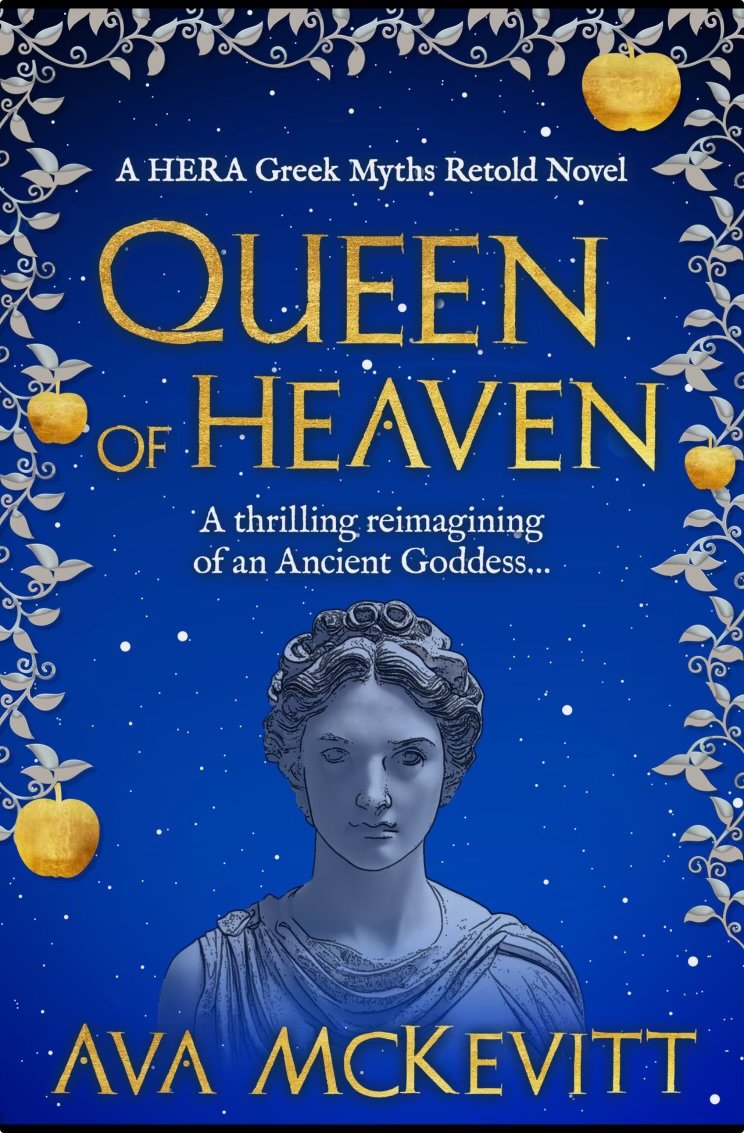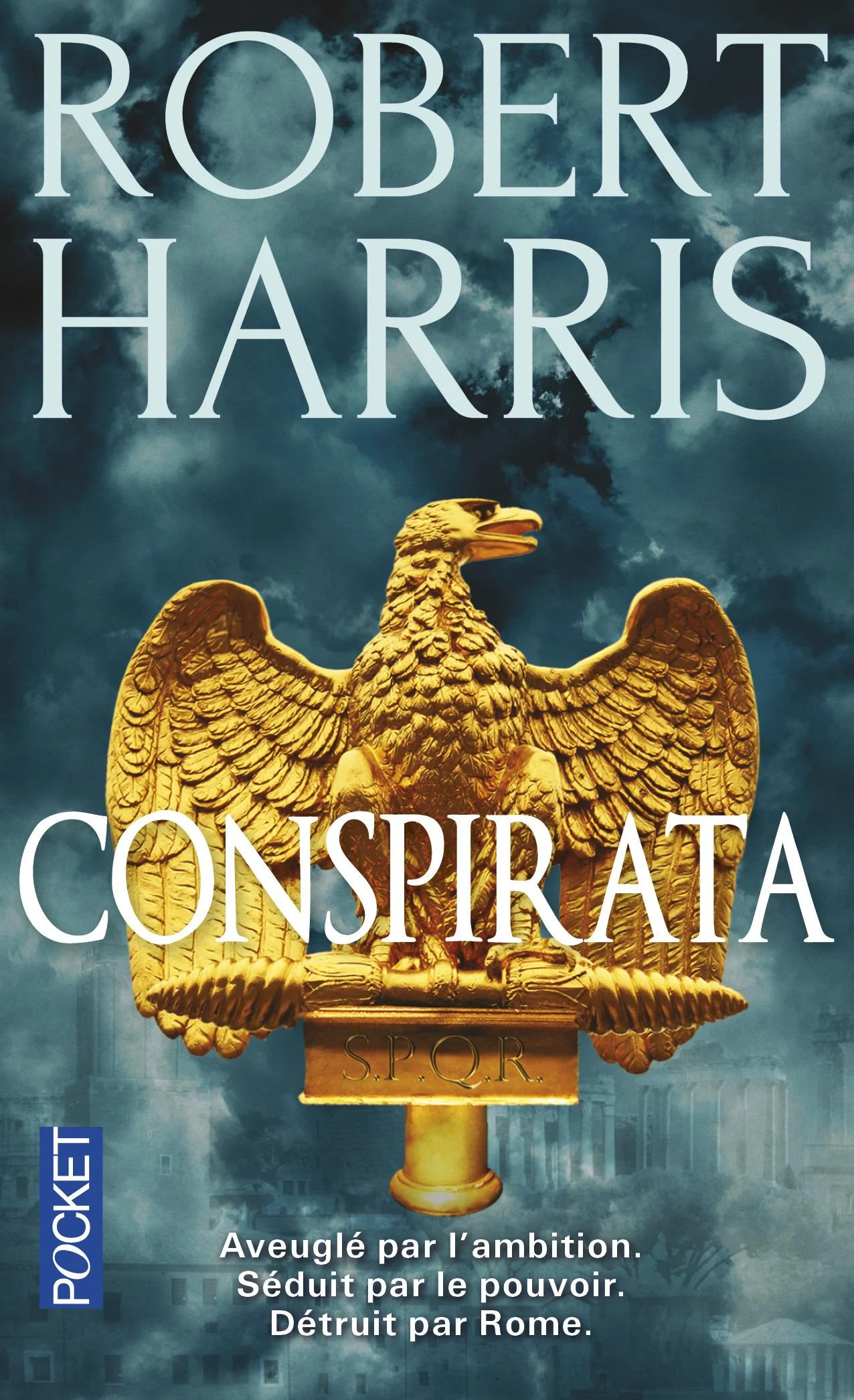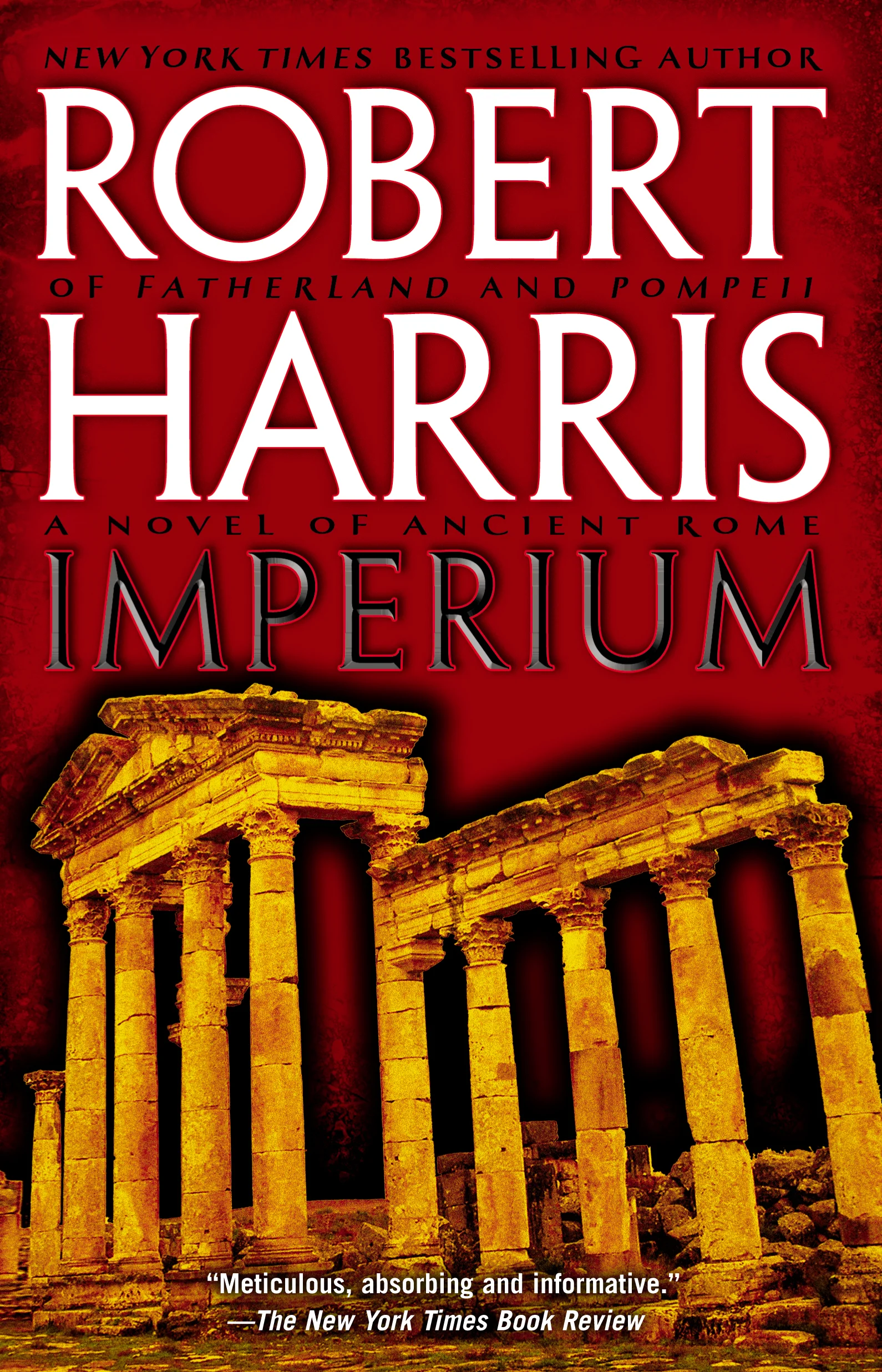Guy de la Bédoyère's “Gladius: The World of the Roman Soldier”
I've always been fascinated by ancient history. This book certainly satisfies that interest. Gladius is encyclopedic in scope, covering just about everything we know today about the daily lives of Roman soldiers—from where and when they were stationed to how they ate, drank, and fought.
The picture that emerges from these pages is complex. We encounter both the monotony and the terror that must have defined the lives of foot soldiers, cavalry, and the officers who commanded—and often cruelly disciplined—them.
Roman soldiers traveled extensively. Written documents and inscribed tombstones reveal where a soldier was born, where he fought, and where he died. These locations were frequently far from each other, spread across the vast territory controlled by Rome.
One reason so many records exist is due to the enormous expanse of the Roman Empire and the time required for written communication to travel. The instantaneous communication we experience today would have seemed miraculous to them. In the time it took a legion to march from Point A to Point B, world events may have shifted dramatically. The phrase "you're on your own" had very real meaning, underscoring the need for local commanders to be both disciplined and creative. It wasn’t just the “fog of war” that tested leadership—it was also the challenge of keeping order during those long, arduous marches and postings.
This book is substantial and covers a wide range of details and writing styles. Some chapters feel like lists of facts gathered through keyword searches of an index from an extensive collection of ancient Roman sources. For instance, how else does one tackle a question like, "Create a list of all sources that document objects—such as bowls, helmets, and saddles—that were inscribed with the names of their owners? Bonus points for objects that record a succession of owners." (As someone with a background in librarianship, I tip my hat to the author if all of this material comes from his personal library!)
Other chapters read more like well-researched historical narratives. The chapter on Roman military defeats—which has convinced me I need to read more about Hannibal and Carthage—is particularly gripping.
I’m still making my way through Gladius. I’ll report back if my thoughts evolve as I get closer to the end.
Review copyright © 2024 by Dennis D. McDonald



















